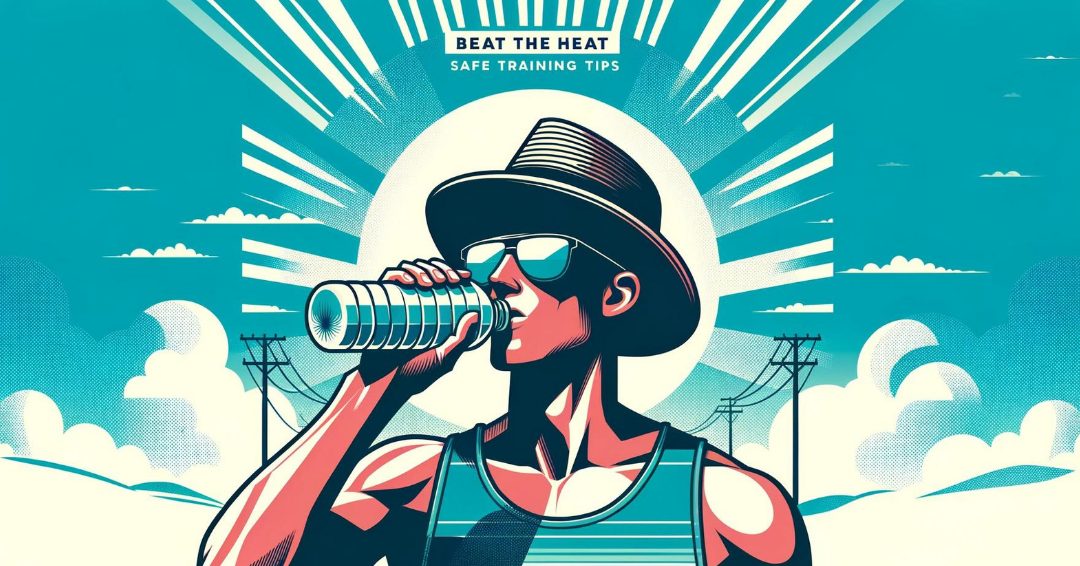Beat the Heat: Safe Training Tips
Understanding Heat-Related Risks

Understanding Heat-Related Risks
In the face of the Philippines’ current heatwave, recognizing the dangers of training in high temperatures is vital. Risks include heat exhaustion, heat stroke, and dehydration, which can lead to symptoms like dizziness, nausea, and loss of consciousness.
Hydration: Your First Line of Defense
Hydration is crucial. Aim for at least 500ml of water two hours before exercise, maintain hydration throughout, and rehydrate afterwards. Electrolyte-enhanced drinks can replenish essential salts and minerals.
Timing: Picking the Right Moment
To mitigate heat exposure, train in the cooler parts of the day, either early morning or late evening, avoiding the sun’s peak hours from 10 AM to 4 PM.
Dress Smart: Gear for the Heat
Choose lightweight, breathable, and light-colored clothing to facilitate sweat evaporation and heat dissipation. Applying sunscreen is a must to protect against UV rays.
Listen to Your Body: Know When to Stop
Be alert to signs of heat-related illnesses. Symptoms like dizziness, excessive fatigue, or nausea signal the need to stop, seek shade, and hydrate.
Adjusting Training Intensity and Duration
On sweltering days, scale back workout intensity and duration. Consider shifting to indoor exercises if the heat outside is too intense.
Cooling Techniques: Pre and Post Training
Utilize cold showers or ice packs at pulse points to cool down. Drinking cold slushies before training can also reduce your core temperature in preparation for heat exposure.
Recognizing and Responding to Heat Illness
Familiarize yourself with the symptoms of heat exhaustion and heatstroke. While heat exhaustion can often be treated on-site with rest and hydration, heatstroke demands immediate medical intervention.
Heat Stroke 101: Immediate Actions
If you or a fellow athlete starts exhibiting signs of heatstroke—such as confusion, seizures, high body temperature, or unconsciousness—take immediate action:
Call for Emergency Help: Don’t delay; heatstroke is a medical emergency.
Move to a Cooler Location: Find shade or an air-conditioned area to help lower body temperature.
Cool Down: Apply cold packs or wet towels to the body, especially around the neck, armpits, and groin. If possible, immerse the body in cool (not cold) water to rapidly decrease temperature.
Hydrate (if Conscious): If the person is conscious and able to swallow, provide cool water or an electrolyte drink to help rehydrate.
Training in the Philippines during a heatwave requires not just determination but also a mindful approach to health and safety. By adhering to these guidelines and understanding how to respond to heat-related emergencies, athletes can maintain their training schedules while protecting their well-being. Always consult a healthcare provider or a training expert to customize these strategies to fit your health status and training level.










